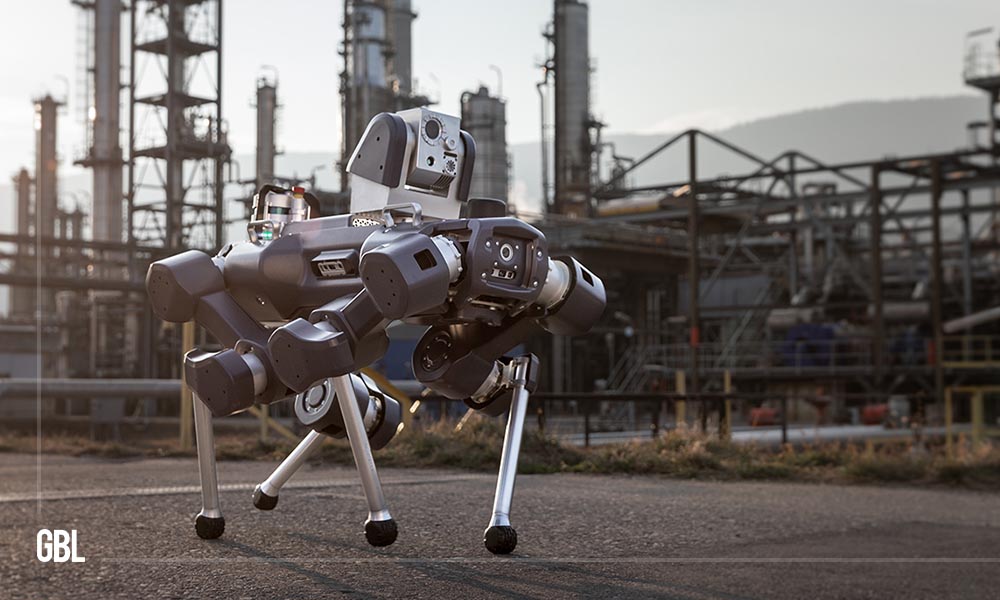Pointers at Glance
- According to a new study published by researchers at Ohio State University, there is still a long way to go before legged robots can interact safely in the real world.
- The study, presented at the 2022 IEEE/RSJ International Conference on Intelligent Robots and Systems (IROS), outlines a framework for testing the safety of legged robots.
Unlike wheeled robots, legged robots rely on mechanical limbs for movement. The study found that current models are often hard to predict in real-life situations, making it difficult to predict their success or failure in performing a task requiring movement.
Bowen Weng, a Ph.D. student in electrical and computer engineering at Ohio State University, stated that these robots are complex and especially anti-intuitive, emphasizing the importance of thorough testing.
The need for a set of universal safety testing regulations for mobile robots has become increasingly important as these machines continue to evolve and become more advanced. Legged robots, made of metal and capable of running up to 20 mph, pose a particular hazard if not properly tested, as they may behave unpredictably when operating alongside humans in real-world environments, according to Weng.
Although there are current safety specifications in place, there is no common agreement on how to test these robots in real-world environments. To address this issue, Weng and his team developed the first data-driven safety testing framework for legged robots.
With the potential for these robots to operate alongside humans in unpredictable settings, having proper safety regulations and testing is crucial for the success of these products, especially as they are likely to be collaboratively produced by international parties in the future.
Weng’s work in vehicle safety research at the Transportation Research Center, which partners with the National Highway Traffic Safety Administration, influenced the research. The study uses sample-based machine learning algorithms to determine how simulated robots would perform and fail during real-world testing.
Performance of Legged Robots
The study revealed that the performance of legged robots could vary greatly, as some failed to maintain stability in certain situations. For example, one robot lost balance 3 out of 10 times when asked to walk at a faster pace, while another was able to remain upright in 100 trials when pushed from the left but fell over in 5 out of 10 trials when pushed from the right.
The data-driven, scenario-based safety testing framework developed by the researchers could eventually help determine the safety of legged robots for commercial use and establish a safety standard for robots with different structures and properties. However, Weng pointed out that it will take some time before this framework can be implemented.
Guillermo Castillo, Ayonga Hereid of Ohio State, and Wei Zhang from the Southern University of Science and Technology in Shenzhen, China, co-authored the research. Funding was received from the National Science Foundation and the National Natural Science Foundation of China.









